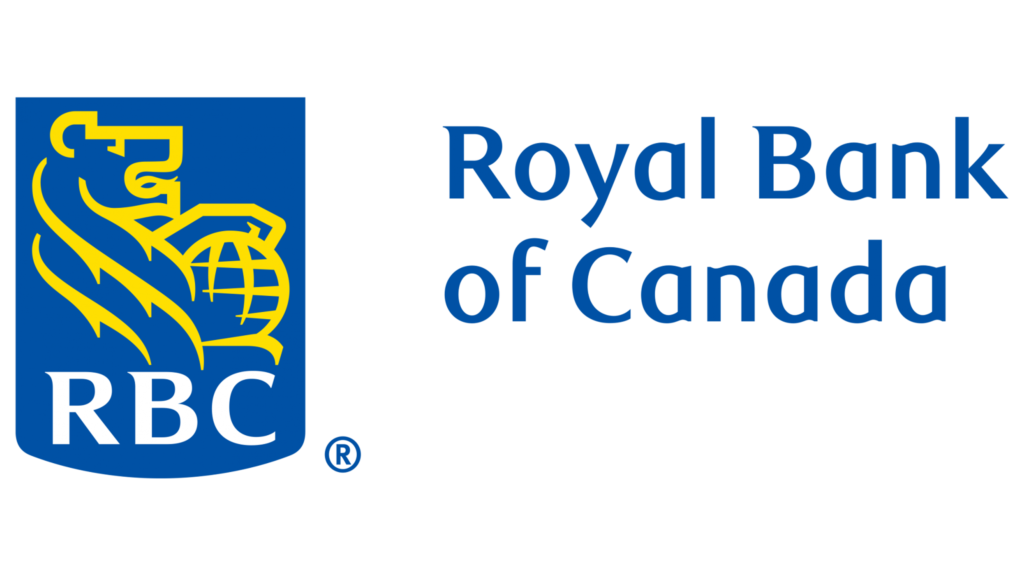Information sourced from the Royal Bank of Canada Special Report
Canada is poised at a pivotal juncture regarding its immigration policies, specifically concerning non-permanent residents. The Royal Bank of Canada’s Special Report delves into the potential ramifications of reducing the influx of non-permanent residents and its subsequent effects on the country’s economic landscape.
Economic Growth Considerations
The report underscores that the federal government’s endeavors to curtail non-permanent resident arrivals could result in a deceleration of gross domestic product (GDP) growth post-2025. This strategic shift, albeit aimed at aligning with evolving economic dynamics, prompts a reevaluation of the trade-offs between economic expansion and demographic adjustments.
While the anticipated decline in non-permanent resident arrivals might temper overall GDP growth, indicators such as per-capita GDP, unemployment rates, inflation, and interest rates are expected to remain relatively stable. This nuanced perspective acknowledges the multifaceted nature of economic shifts and their broader implications.
Demographic Trends and Labour Dynamics
A noteworthy consequence of reduced non-permanent resident arrivals is the potential ageing of Canada’s population. This demographic transition carries implications for labour force participation rates and government revenue streams, highlighting the interconnectedness of immigration policies, workforce dynamics, and fiscal sustainability.
A younger population, typically fueled by immigration, tends to exhibit higher labour force participation rates. Conversely, a decline in non-permanent residents could lead to a gradual reduction in certain segments’ participation rates, necessitating a strategic approach to address evolving labour market dynamics.
Housing Market Dynamics
The report also touches upon the impact on Canada’s housing market. While a slower population growth trajectory might alleviate some immediate pressure on housing affordability, it’s unlikely to resolve the underlying supply-demand imbalances that have characterized the housing sector.
Canada’s housing challenges, compounded by population growth, underscore the imperative for comprehensive strategies aimed at augmenting housing supply to achieve sustainable affordability. While reducing non-permanent resident arrivals may moderate short-term housing demand, a holistic approach addressing long-standing supply constraints remains essential.
In navigating these intricacies, informed policy decisions and collaborative initiatives will be instrumental in charting Canada’s economic trajectory. As the country navigates shifts in immigration paradigms and demographic transitions, strategic foresight and adaptability will be paramount in fostering a resilient and inclusive economic environment.
Directpath Canada stands ready to support Canada’s evolving immigration and workforce needs. With our expertise in global recruitment, immigration, and settlement services, we are committed to facilitating seamless transitions for skilled workers and contributing to Canada’s economic growth.










